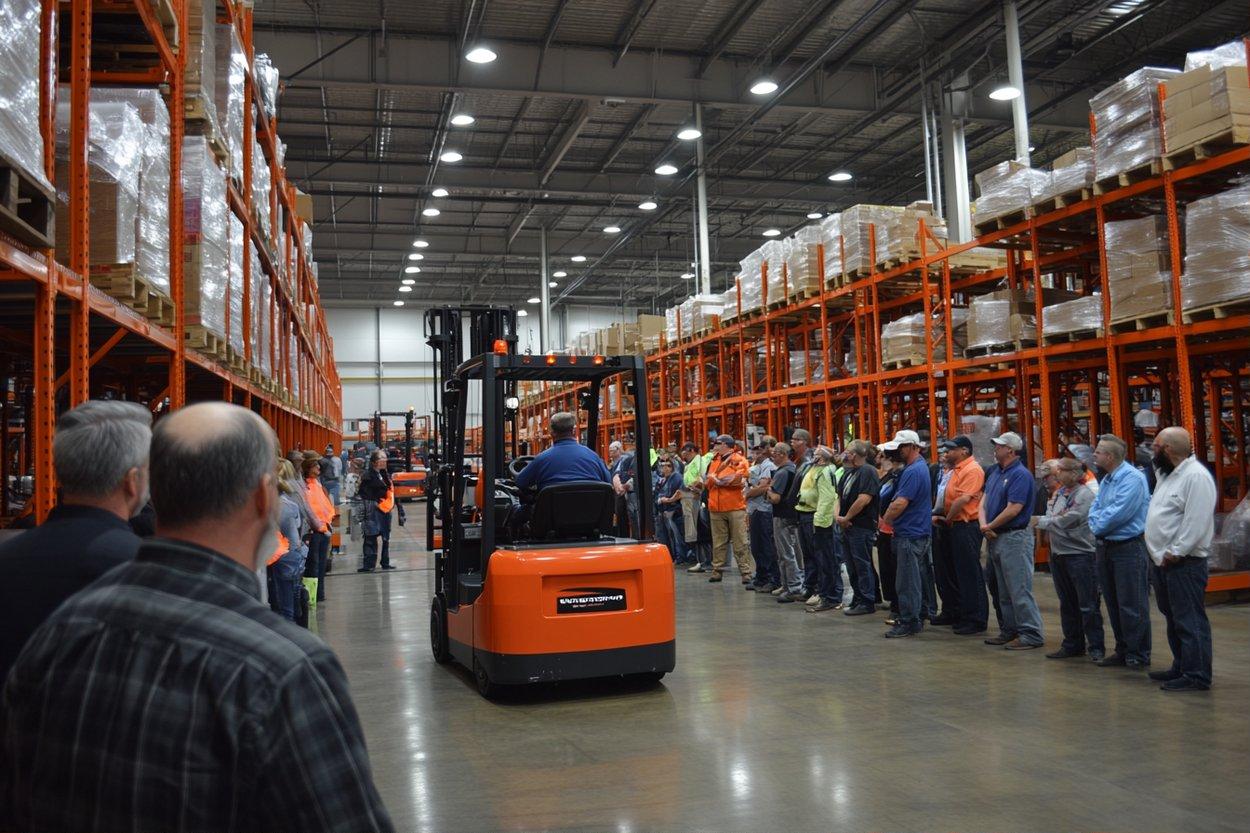5 Reasons Warehouse Jobs Offer Stability and Hidden Benefits
Warehouse employment represents a significant segment of the labor market that continues to evolve with modern supply chain demands. As e-commerce expands and global distribution networks grow more complex, warehouse positions have transformed from simple manual labor roles into diverse career opportunities with unique advantages. While often overlooked in career discussions, warehouse jobs provide substantial benefits that extend beyond the commonly understood aspects of the work. This article examines key factors that make warehouse employment a viable and potentially rewarding career path for those seeking stability in today's fluctuating job market.

Consistent Demand Creates Job Security
The warehouse sector demonstrates remarkable resilience even during economic downturns. E-commerce growth, global supply chain needs, and essential business status contribute to this stability. During the COVID-19 pandemic, when many industries faced significant layoffs, warehousing operations continued and often expanded to meet changing consumer demands. This persistent need creates an employment landscape where workers can find positions regardless of broader economic conditions.
The logistics industry that warehouses support has shown steady growth patterns over decades, with minimal seasonal fluctuations in core staffing needs. While some facilities may increase hiring during peak retail seasons, the baseline staffing requirements remain relatively constant year-round. This consistency provides workers with reliable employment opportunities that aren’t as vulnerable to economic volatility as many other sectors.
Entry-Level Accessibility Without Experience Requirements
Warehouses continue to be one of the few employment sectors where individuals can secure positions with limited previous experience or formal education. Most warehouse operations prioritize trainability, reliability, and physical capability over specialized backgrounds. This accessibility makes warehouse work particularly valuable for those entering the workforce, changing careers, or reentering the job market after extended absences.
Training typically occurs on-site, with employers investing in developing the specific skills needed for their operations. From material handling equipment certification to inventory management systems training, warehouse employers often provide comprehensive skill development that employees can leverage throughout their careers. This approach to hiring based on potential rather than prerequisites creates opportunities for diverse workforce participation.
Compensation Structure Offers Financial Stability
How warehouse jobs provide stability extends significantly to financial considerations. The compensation structure typically includes consistent hourly wages, predictable scheduling, and overtime opportunities that can substantially increase earnings. Many warehouse positions start at rates above minimum wage, with clear paths to wage increases based on tenure, skill development, or shift differentials.
Benefits packages in warehouse employment often include healthcare options, retirement plans, and paid time off even for entry-level positions – elements sometimes absent in other accessible employment sectors. Some facilities also implement performance-based incentives that reward productivity, accuracy, or safety records, allowing motivated employees to increase their compensation through demonstrated skill and effort.
This predictable income structure helps workers establish financial stability, particularly compared to gig economy alternatives or service industry positions with variable scheduling and tip-dependent income.
Career Advancement Opportunities Within Operations
Common misconceptions about warehouse work suggest limited advancement potential, but modern warehousing operations offer diverse career trajectories. Entry-level positions frequently serve as starting points for advancement into team leadership, specialized technical roles, or management positions. The hierarchical structure of warehouse operations creates natural promotion pathways as workers develop expertise and demonstrate capabilities.
Advancement opportunities include positions such as:
-
Team leads and shift supervisors
-
Inventory specialists
-
Quality control coordinators
-
Logistics planners
-
Operations managers
-
Safety compliance officers
Many warehouse employers implement internal promotion policies, preferring to develop talent from within their organizations rather than recruiting externally for leadership positions. This approach creates tangible advancement opportunities for reliable employees who demonstrate commitment and capability.
Technological Skills Development For Future Adaptability
The factors that make warehouse employment attractive today increasingly include exposure to advanced technologies. Modern warehousing has evolved significantly beyond manual labor, now incorporating sophisticated systems like:
-
Warehouse Management Software (WMS)
-
Radio-frequency identification (RFID) tracking
-
Automated storage and retrieval systems
-
Voice-directed picking technology
-
Data analytics platforms
Working with these technologies provides warehouse employees with transferable technical skills valuable across multiple industries. As automation continues transforming logistics operations, warehouse workers develop adaptability to technological change – a critical asset in today’s rapidly evolving job market.
This technological integration also creates specialized roles for employees who demonstrate aptitude with particular systems, opening pathways to technical careers that weren’t traditionally associated with warehouse work. The misconception that warehouse employment involves only physical labor fails to recognize the increasing technical complexity of modern distribution operations.
The Reality of Warehouse Employment Today
The warehouse industry has evolved substantially from outdated stereotypes about repetitive, physically demanding work with minimal rewards. While physical requirements remain for many positions, technological advancements have reduced the most strenuous aspects of the work. Modern facilities increasingly focus on ergonomics, safety protocols, and equipment that minimizes injury risks.
Work environments have similarly improved, with climate-controlled facilities becoming standard in new construction, addressing historical concerns about temperature extremes. Schedule flexibility has expanded in many operations, with varied shift options accommodating different lifestyle needs and preferences.
These improvements, combined with the stability factors discussed earlier, create employment opportunities that deserve reconsideration from job seekers who might have previously dismissed warehouse work based on outdated perceptions.
It’s important to note that this article provides general information about warehouse employment trends and should not be interpreted as representing specific job openings or hiring initiatives. Actual job availability, compensation, and working conditions vary by employer, location, and market conditions.




